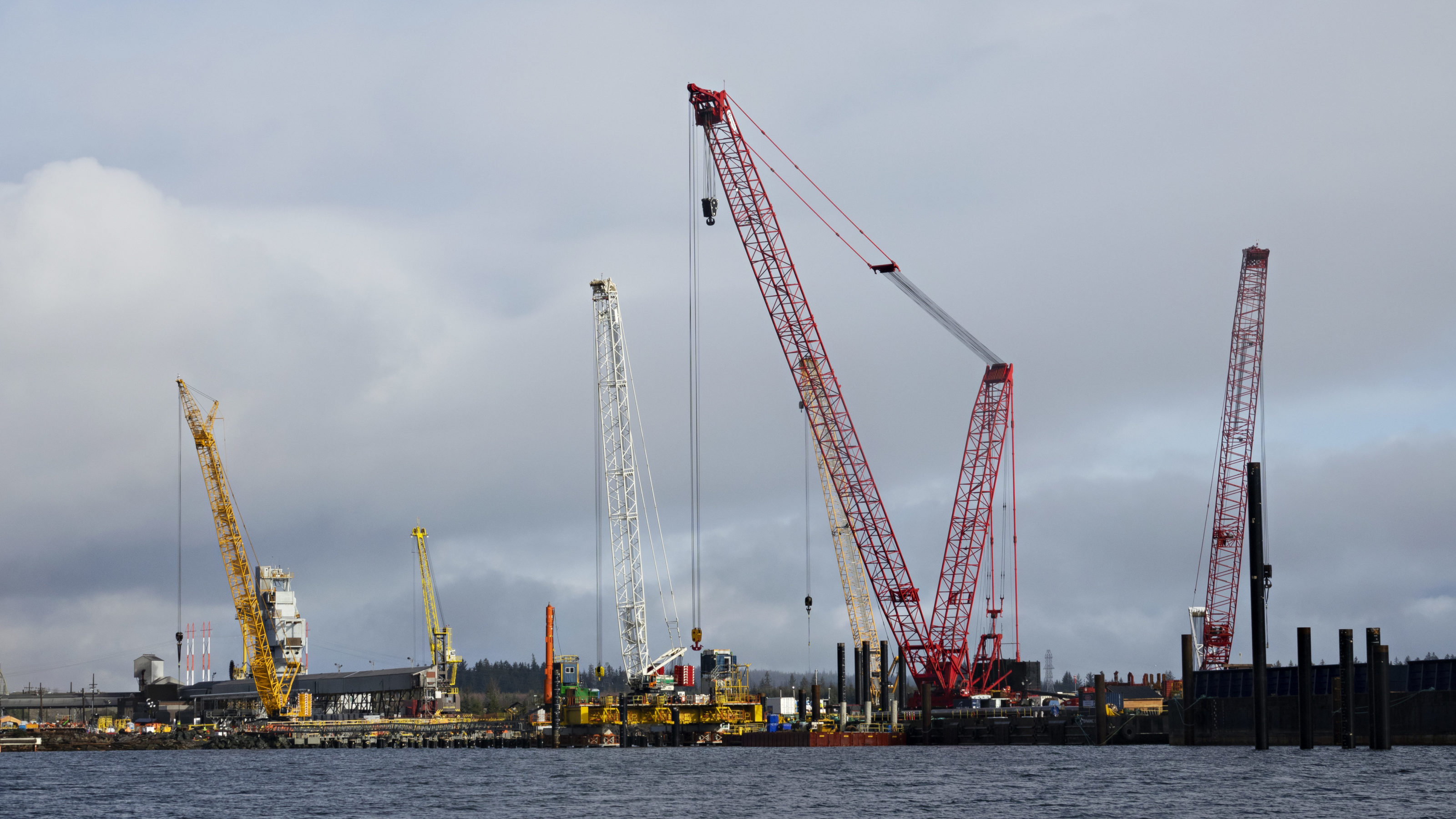Canadian oil production is coming back online after being shut in as a result of the COVID-19 pandemic, but capital spending in the sector has taken a deep hit for this year. Industry is looking to get back the positive momentum it had going into 2020, which included good news about capital spending for the first time in years.
Capital investment in oil and gas declined globally following the oil price collapse in 2014. But while spending has been picking up in Russia, Asia and the United States amid gradually improving prices and strong demand, that has not been the case in Canada, according to new Canadian Energy Centre research.
The challenge facing the industry and its stakeholders can be tied back to regional uncertainty caused by the ongoing issue of market access, say market analysts.
“It’s not just the lack of pipeline capacity, it also has to do with [accessing] demand markets for Canadian oil and gas products,” says Dinara Millington, vice-president of the Canadian Energy Research Institute (CERI).
For both oil and natural gas, Canada needs new markets beyond its traditional customers in the United States. The demand is there — the International Energy Agency expects both oil and gas demand to recover from the COVID crisis in 2021— Canada just needs to build the infrastructure to connect its supply.
Before COVID19, IHS Markit had anticipated an uptick in upstream capital spending in 2020 due to anticipated improvement in takeaway capacity. Free cash flow had also improved considerably for oil sands producers, increasing three-fold from 2014 to an average of more than US$2.5 billion for each of the four largest companies in 2019.
“It was more than likely we would have seen an uptick in upstream capital spending, but that has been challenged because of the pipeline takeaway issue,” says Kevin Birn, Calgary-based vice-president with IHS Markit.
“It’s really cemented a sentiment of price instability in the region. Greater uncertainty means that your risk premiums required to overcome new investments go up.”
Spending continues to drop
Oil and gas spending in Canada in 2017 was essentially flat compared to 2009, at about $32 billion in both years. Meanwhile, capital investment in the United States increased from $70 billion to $106 billion from 2009 to 2017, and investment in Russia and Asia increased from $104 billion to $123 billion.
Spending in Canada has continued to decline since 2017, according to the Canadian Association of Petroleum Producers. With positive momentum on oil pipelines and LNG, investment was expected to increase modestly in 2020, but because of the coronavirus pandemic is now forecast to dive to $23 billion, the lowest level in more than two decades.
Uncertainty and investment
Expanding export infrastructure like pipelines or LNG facilities would support the ability of companies to spend more on Canadian oil and gas development, creating jobs and adding to government revenues. But according to a May 2020 CERI study, Canada has a competitive disadvantage when it comes to completing projects compared to the United States.
“When it comes to large-scale facilities like liquefaction [plants] or large linear infrastructure projects like oil and gas pipelines, we definitely found that Canada lacks competitiveness on the approval process, which directly relates then into the rate of return on these projects,” Millington says.
CERI found that major oil and natural gas pipeline projects in Canada take 13 additional months for approval than in the United States, and that’s not including legal challenges that can arise. Meanwhile, LNG projects take approximately 19 additional months for approval in Canada than in the US.
“The cost of a delay to a project can be as high as 15 per cent of the overall capital cost in the first year and results in negatively affecting the competitiveness of major Canadian oil and gas projects,” the CERI report said.
This, in turn, negatively affects the competitiveness of oil and gas developments “upstream” that feed the export infrastructure. For example, lack of pipeline egress out of Western Canada caused the discount of Canadian crude to US crude to skyrocket to nearly US$50 per barrel in fall 2018, challenging producers to cover their operating costs, let alone consider building new capacity.
Similarly, on the natural gas side, “enormous regulatory uncertainty and delay” for new pipeline projects has contributed to “crushingly low” revenues for producers and government, an Alberta advisory panel said in late 2018.
“Nobody wants to build any oil sands project or really grow without clarity on egress,” says Phil Skolnick, analyst with Eight Capital.
Turning it around
There have been positive developments recently in Canadian oil and gas that should bode well for increased capital investment in the future. This includes construction now underway on the $40 billion LNG Canada project and Coastal GasLink pipeline, which will provide Canadian natural gas with its first outlet outside of North America when operations commence in 2025.
On the oil side, the Trans Mountain Pipeline Expansion is under construction, which will give Canadian oil significantly expanded access to tidewater markets. Construction has also commenced on Keystone XL, which will create a direct connection between Alberta and the heavy-oil focused US Gulf Coast refining cluster. In early May, TC Energy completed the border crossing for Keystone XL from Canada into the US.
The Line 3 Replacement Project has also been completed in Canada, and continues to move through the permitting process in the US. Finally, pipeline operators have also been able to increase export capacity by optimizing their systems including using technology called drag reducing agents.
These new infrastructure developments, coupled with ongoing decreases in oil sands emissions intensity and cost reduction, should help pave the way to improvements in upstream spending from the lows of 2020, Birn says, although uncertainty still remains around timing of pipeline completion and the trajectory of the coronavirus itself.
